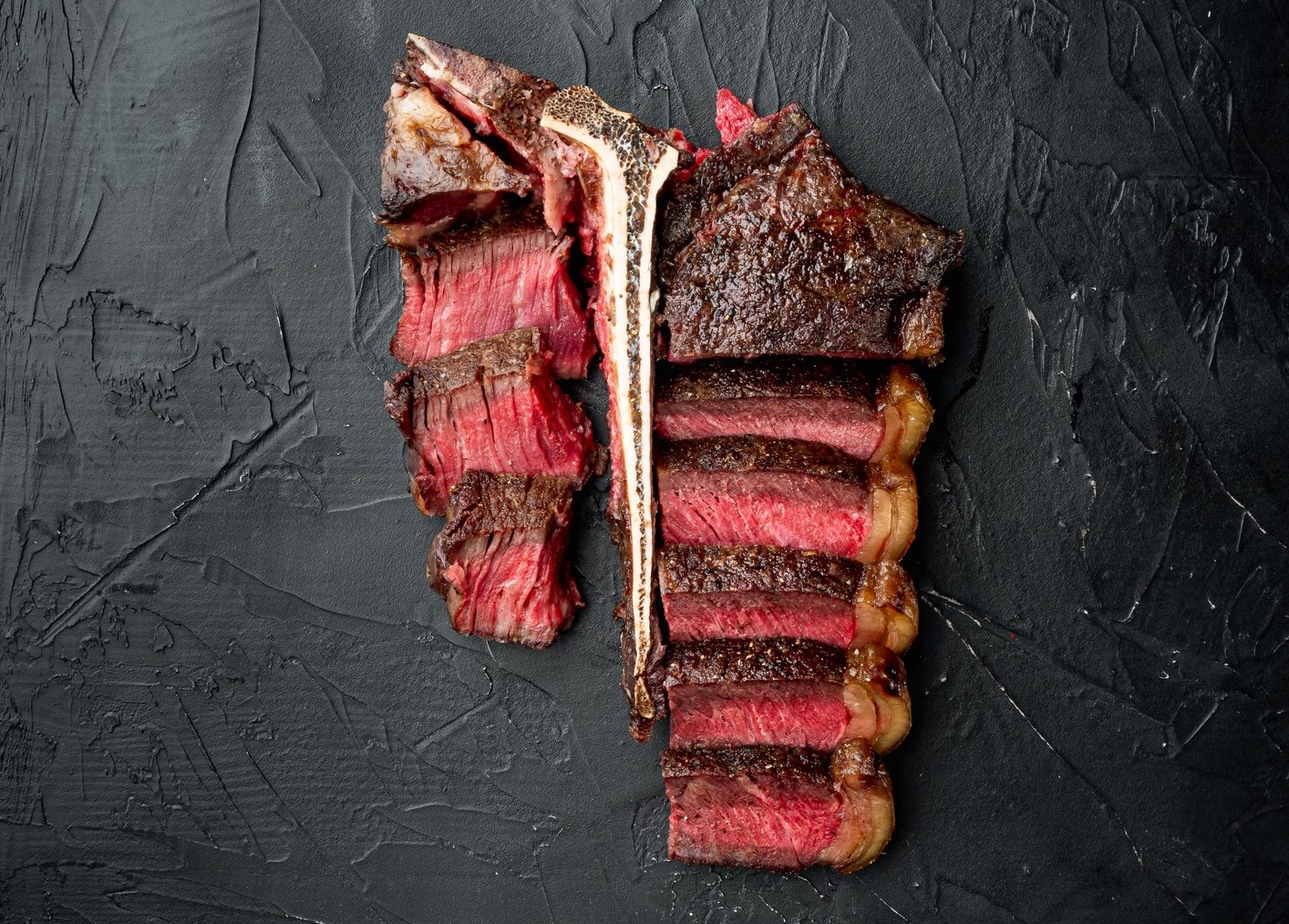
Something is rotten with the state of dining. After stumbling through several years of pressures, the intractable reality of the restaurant business as it stands in the mid 2020’s is becoming harder to not only maintain, but also harder to justify. This isn’t a point for discussion or debate but a cold hard reality that we, as an industry, must open our eyes to start making real, lasting and meaningful changes to a system that has limped and stumbled through the last few years. The stark truth is that restaurants are closing at a greater rate than ever before. They are closing because they are failing and they are failing because many of them are wedded to ideas, models and practices that have been embedded and accepted for decades but are now, through their inherent inflexibility, proving to be unfit for purpose.
The numbers make for uncomfortable reading, even when just focusing on the US and UK, for example. In the US the number of restaurants has fallen from a pre-pandemic figure of over 700,000 to around 630,000 today. Restaurant insolvencies in the UK in Q1 2023 had increased by nearly 50% on 2020 figures, a year in which no-one will need reminding that the industry was mostly shuttered entirely. Figures rose further in Q2 with a staggering 12 restaurants per day being declared insolvent, a total of over 1,000 premises in just three months. Furthermore, this figure fails to consider restaurants that have made the hard decision to close before being forced into it through insolvency or bankruptcy.
Not a single area of the sector has proven to be resilient: once vigorous and seemingly robust chain restaurants that rely on footfall and high-volume turnover – such as TGI Fridays or IHOP – have reduced the size of their portfolios to minimize losses. Previously strong UK names, familiar on almost every high street (operators such as Byron and Strada) have closed all but a handful of locations. At the top end, even the likes of mega-brand chefs have decided to retreat. The issue has become so bad that Eater has been running a regularly updated list of closures across several of its sites, including Eater SF and Eater Boston.
Cut to the bone
But what is it about the current economic climate that makes the restaurant business such a challenge? No matter whether a meal in a restaurant costs ten, a hundred or a thousand dollars, choosing to dine out remains a luxury. Cost pressures being felt by the consumer are forcing many to cut back on non-essentials thus exacerbating the perfect storm of rising prices and increasingly small margins being felt acutely by operators.
Raw ingredients, energy, labor and rents have all increased – in some cases by double digit percentages – in a short period of time. As price increases move up the supply chain from farmer to wholesaler to restaurateur to end consumer, the actual real terms cost of a percentage increase is felt more keenly by each link in the chain. Historically, the restaurant itself has been prepared to swallow the cost and take a hit on its bottom line. When there was still some meat left on the bone, a 5% leap in the cost of butter or bass or beef might have been tolerable, especially with clever menu design. Sadly, with cost pressures coming thick and fast, prices rising across the board and the servicing of loans designed to assist restaurants through Covid becoming increasingly expensive as interest rates climb, there is no longer any meat left on the bone and cash reserves have been exhausted to the point when many restaurants are simply no longer viable.
Going forward, the outlook remains grim. The fallout from this perfect storm is only just starting to bite as operators gradually exhaust all the options available to them to stay afloat. As Hemingway so adroitly put it, you go bust in two ways: very slowly and then all at once. Now that the very slowly part is ending, things are likely to get even worse before they start to improve.
The Secret Chef
